
INTENSE offers a unique opportunity to work in a world-class environment of academic and non-academic Partners. All activities are at the frontier of technology in many areas, particle radiation detectors for experiments at the high-intensity accelerator beams, radiation hard and magnetic tolerant analog and digital electronics, photosensors for high energy physics applications, advanced laser calibration systems, simulations of radiation transport, high- speed computing infrastructures, and data analysis. This context will enhance the knowledge and develop the skills of the Early Stage Researchers and will open superior career prospects in academia and in industry. The secondments at US Universities and Laboratories and at the non-academic Partners in Europe will provide a world-class training with open access to a broad area of expertise. Secondments will favour future work opportunities with fellowships or contracts. INTENSE will train a new generation of Early Stage Researchers with a global approach through the exposition to the US research and industrial environment. INTENSE research activities will also create new collaborations and reinforce the existing ones between US and Europe. This will be beneficial to Europe innovation capacity, given the US leadership in the INTENSE research and technological areas. The collaboration will continue after the end of the INTENSE project. The expected success of this collaboration between and Europe in training the Early Stage Researchers has its roots in the extraordinary success of the collaboration on LIGO/Virgo, Fermi-LAT, and also on the Tevatron experiments, CDF and D0, on the SLAC experiment BaBar which have trained generations of European researchers now at top-level positions in research Institutions and private companies. The merging of academic with non-academic partners will be fundamental to develop the innovation capacity of the Early Stage Researchers. test
Beneficiaries
University of Pisa (Coordinator), Italy, Simone Donati (simone.donati@unipi.it)

Istituto Nazionale di Fisica Nucleare (INFN), Italy, Angela Papa (angela.papa@pi.infn.it)
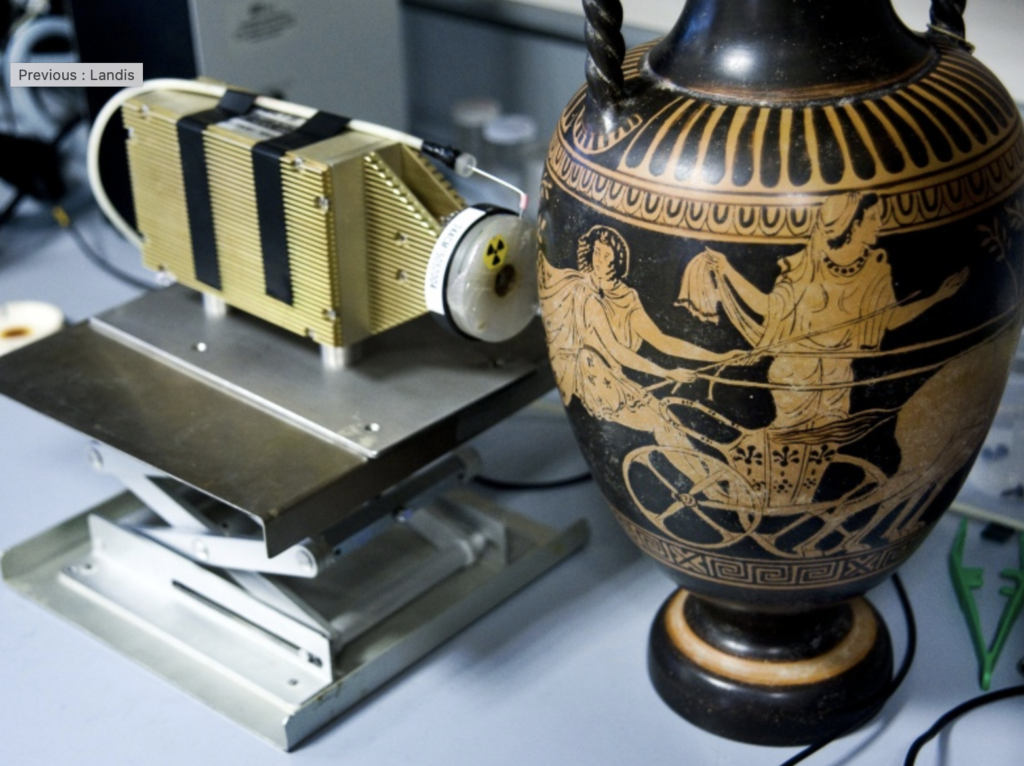
University of Padova, Italy, Daniele Gibin (daniele.gibin@pd.infn.it)
University of Bern, Switzerland, Michele Weber (michele.weber@lhep.unibe.ch)

European Organization for Nuclear Research (CERN), Switzerland, Marzio Nessi (marzio.nessi@cern.ch)
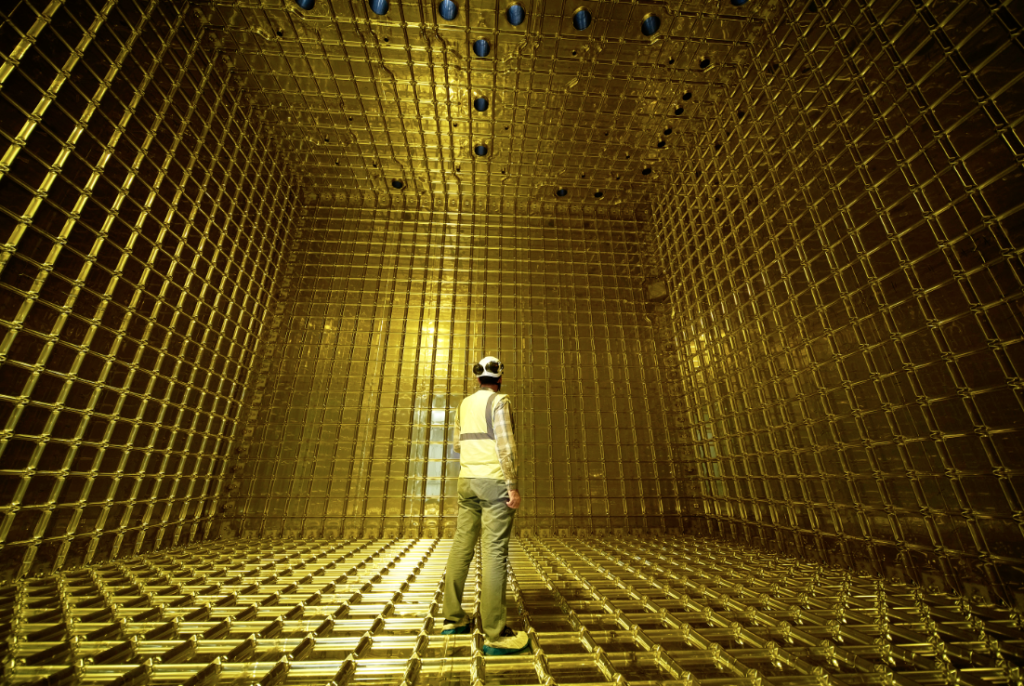
Paul Scherrer Institut, Switzerland, Andreas Knecht (a.knecht@psi.ch)
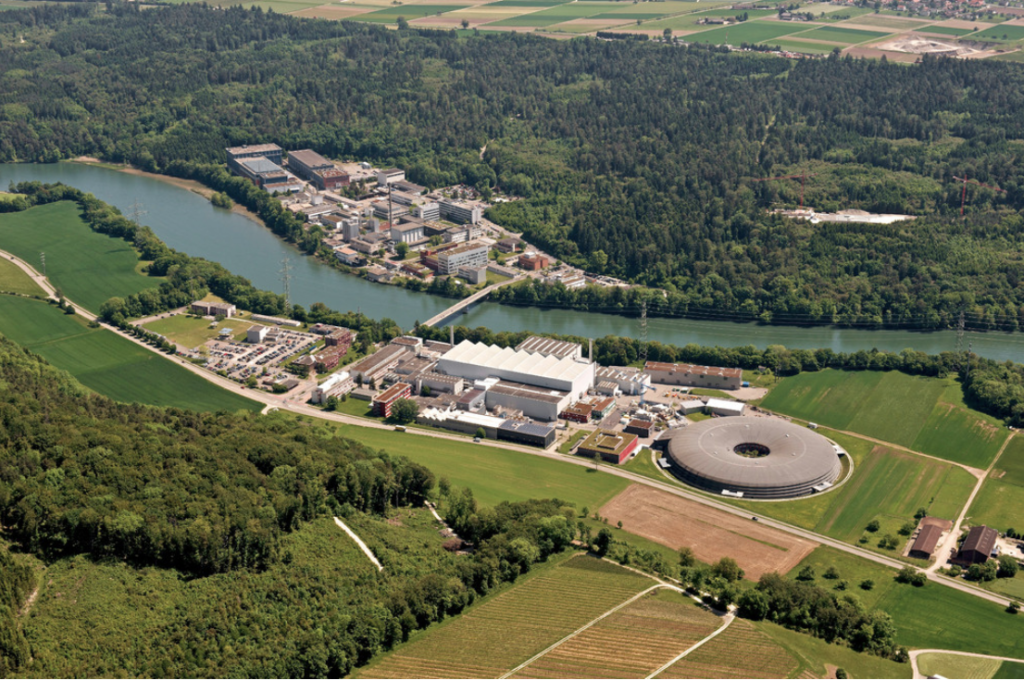
University of Cambridge, United Kingdom, Melissa Uchida (mauchida@hep.phy.cam.ac.uk)
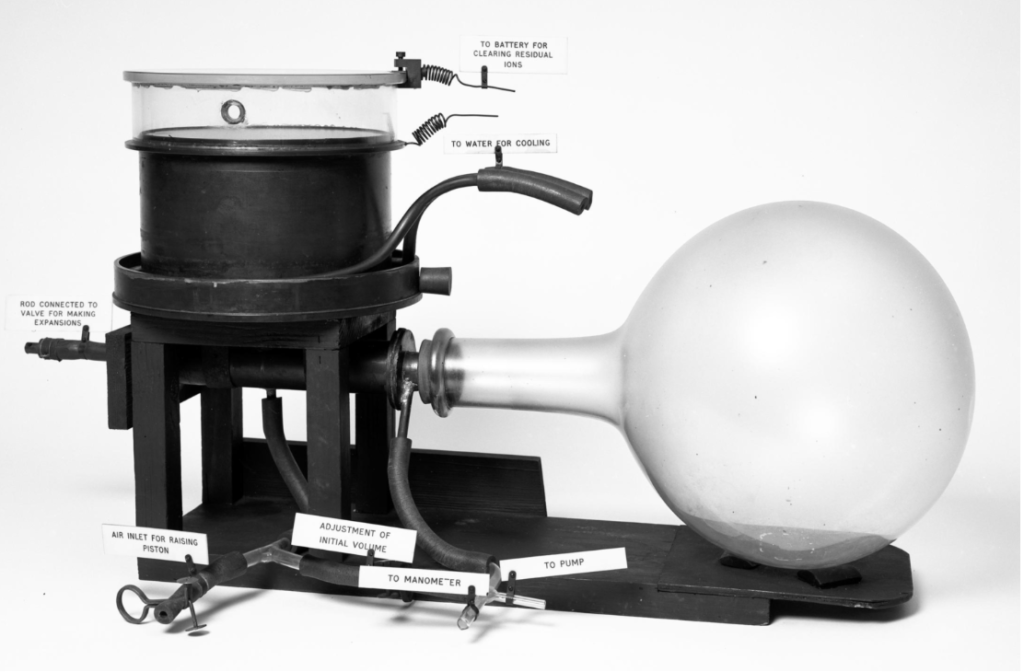
University of Manchester, United Kingdom, Mark Lancaster (mark.lancaster@manchester.ac.uk)
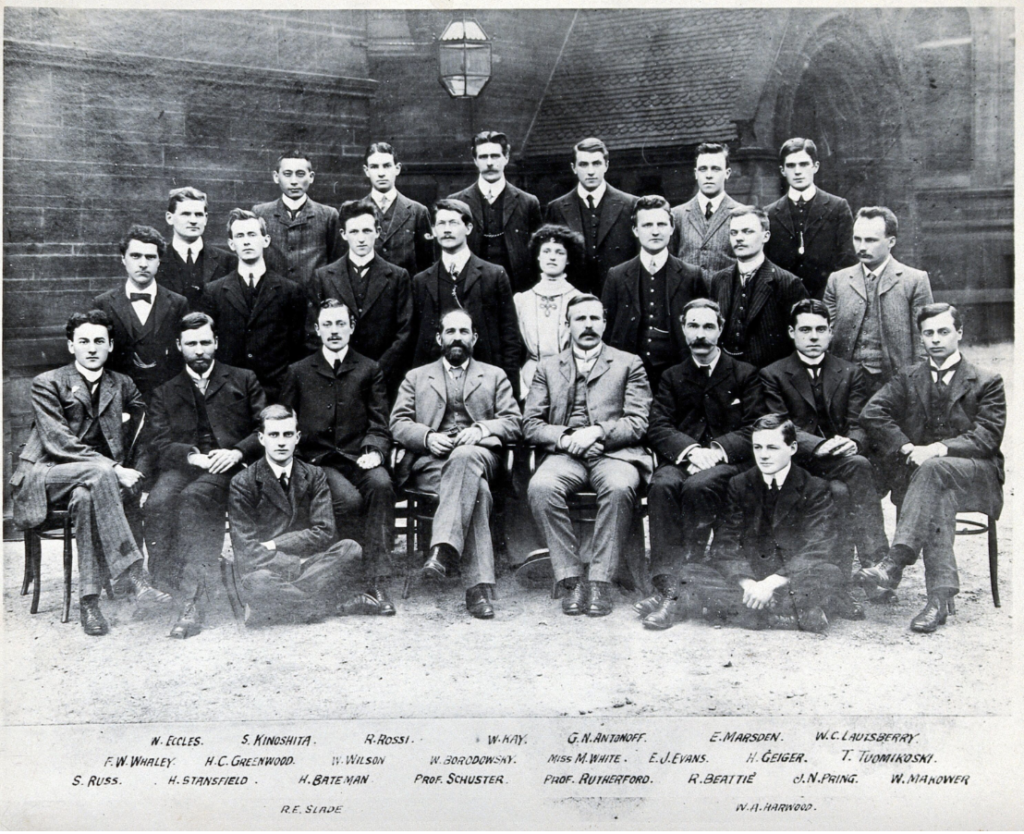
Johannes Gutenberg – Universitat Mainz, Germany, Niklaus Berger (niberger@uni-mainz.de)
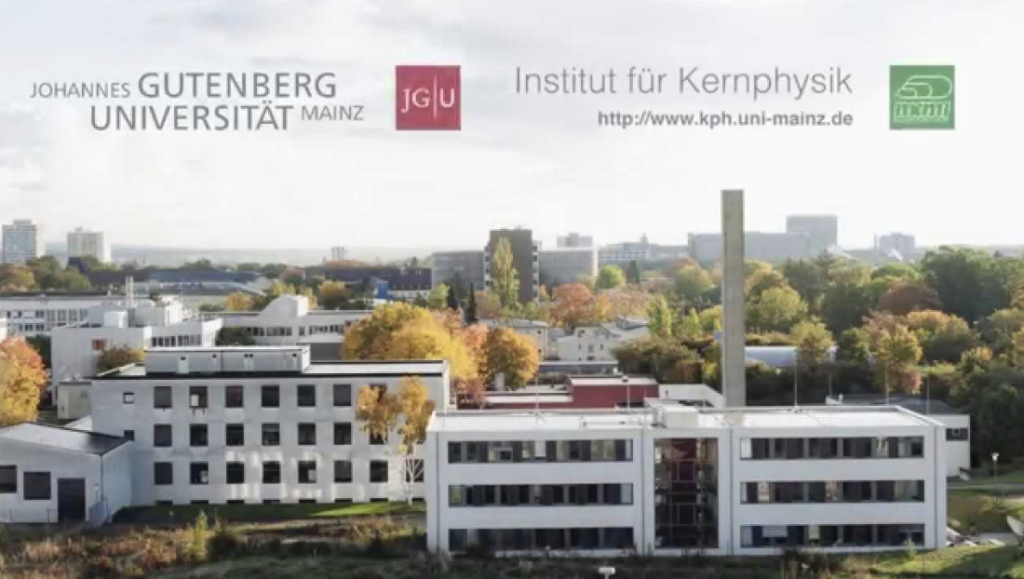
Costruzioni Apparecchiature Elettroniche Nucleari, Italy, Alessandro Iovene (a.iovene@caen.it)

Partners
Fermi National Accelerator Laboratory, United States, Emanuela Barzi (barzi@fnal.gov)
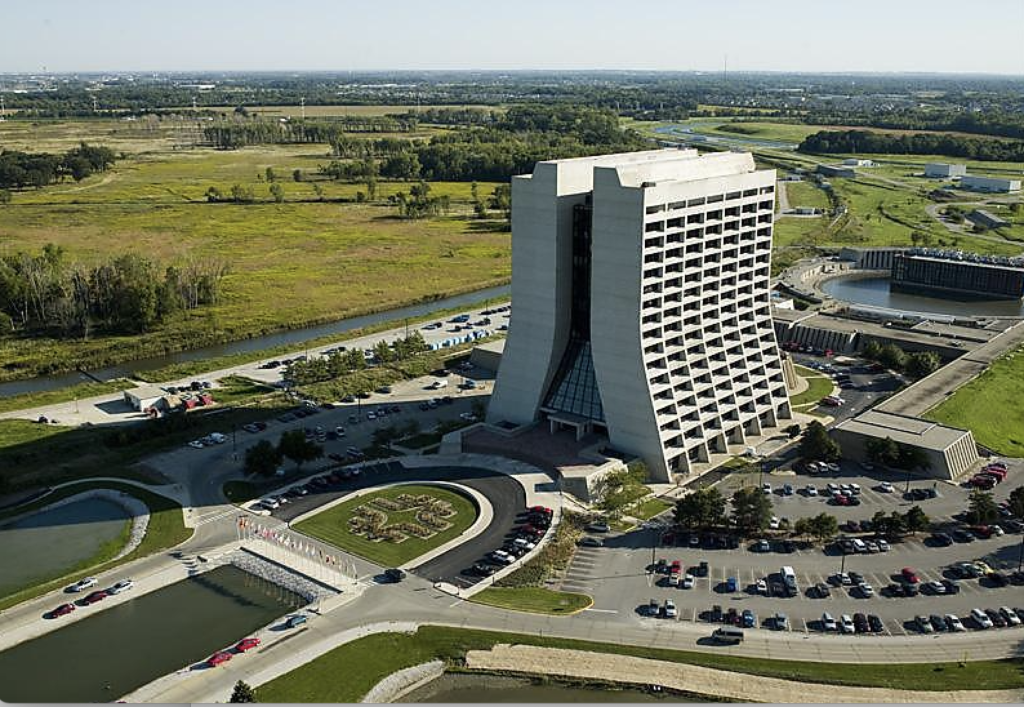
Yale University, United, States, Bonnie Fleming (bonnie.fleming@yale.edu)

Harvard University, United States, Roxanne Guenette (guenette@g.harvard.edu)

The University of Chicago, United States, David Schmitz (dwschmitz@uchicago.edu)

Slac National Accelerator Laboratory, United States, Tracy Usher (usher@slac.stanford.edu)

Institute of High Energy Physics, China, Hai-Bo Li (lihb@ihep.ac.cn)
Smart Engineering & Management, Greece, Amanda Soukoulia (amanda.soukoulia@seems.gr)
Clever Operation, France, Radia Sia (r.sia@clever-operation.com)
